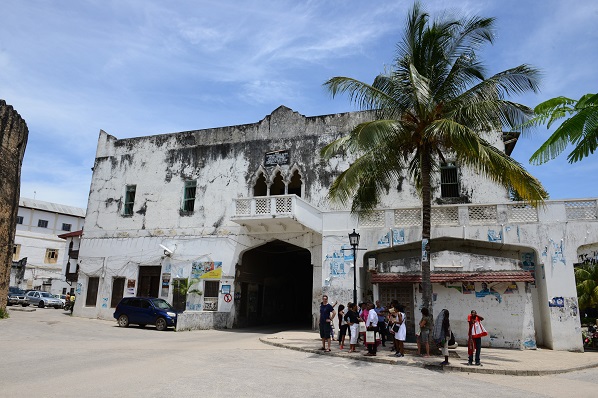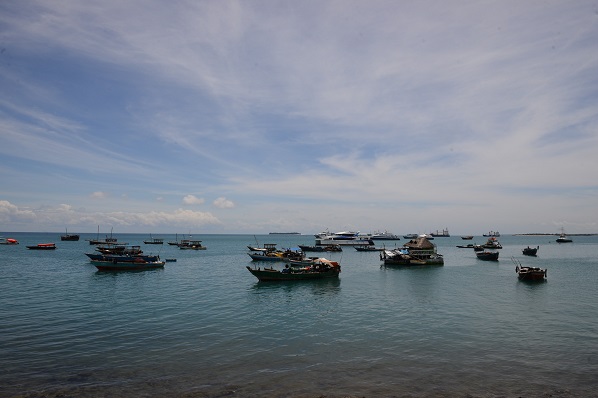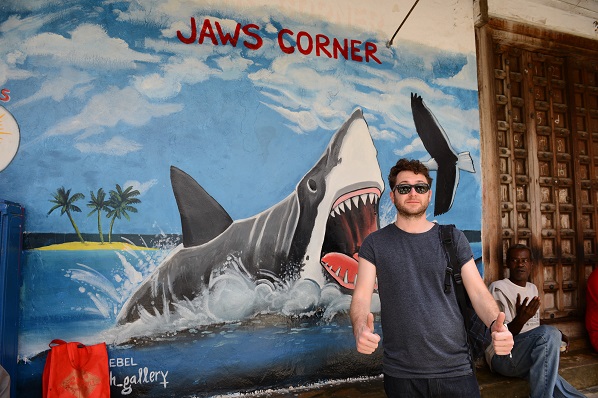Breaking Travel News investigates: Stone Town, Zanzibar

Take a tour with Shadows of Africa
Visiting Zanzibar for the World Travel Awards Africa & Indian Ocean Gala Ceremony offered an opportunity to visit the historic capital of the semi-autonomous destination, Stone Town.
Hopping a bus provided by partner Shadows of Africa there is a palpable excitement in the air.
Resting on the beach in one of the most sought after tourism hotspots on earth is all well and good, but this was a chance to get out and drink in some of the local culture.
Stone Town itself is a fine example of the Swahili coastal trading towns of East Africa.
Arriving in the centre, it is obvious it has retained its urban fabric, with the bustling town virtually intact.
On show are many fine buildings that reflect its storied culture, which has brought together and homogenised disparate elements of the cultures of Africa, the Arab region, India, and Europe over more than a millennium.

The major buildings date from the 18th and 19th centuries and include monuments such as the Old Fort, built on the site of an earlier Portuguese church; the house of wonder, a large ceremonial palace built by Sultan Barghash; and the Old Dispensary.
Also among the highlights are St. Joseph’s Roman Catholic Cathedral; Christ Church Anglican Cathedral commemorating the work of David Livingston in abolishing the slave trade and built on the site of the last slave market; and the residence of the slave trader Tippu Tip.
Together with the narrow, winding street pattern, large mansions facing the seafront and open spaces these buildings form an exceptional urban settlement reflecting the longstanding trading activity between the African and Asian seaboards.

In particular the Stone town’s is also marked by being the site where slave-trading was finally terminated.
The buildings of the Stone Town, executed principally in coralline ragstone and mangrove timber, set in a thick lime mortar and then plastered and lime-washed, reflect a complex fusion of Swahili, Indian, Arab and European influences in building traditions and town planning.
The two storey houses with long narrow rooms disposed round an open courtyard, reached through a narrow corridor, are distinguished externally by elaborately carved double ‘Zanzibar’ doors, and some by wide vernadahs, and by richly decorated interiors.
Together with, the simple ground floor Swahili houses and the narrow façade Indian shops along “bazaar” streets constructed around a commercial space “duka”.

Located on a promontory jutting out from the western side of Unguja island into the Indian Ocean, the Stone Town of Zanzibar is an outstanding example of a Swahili trading town and a ‘must see’ when visiting Zanzibar.

